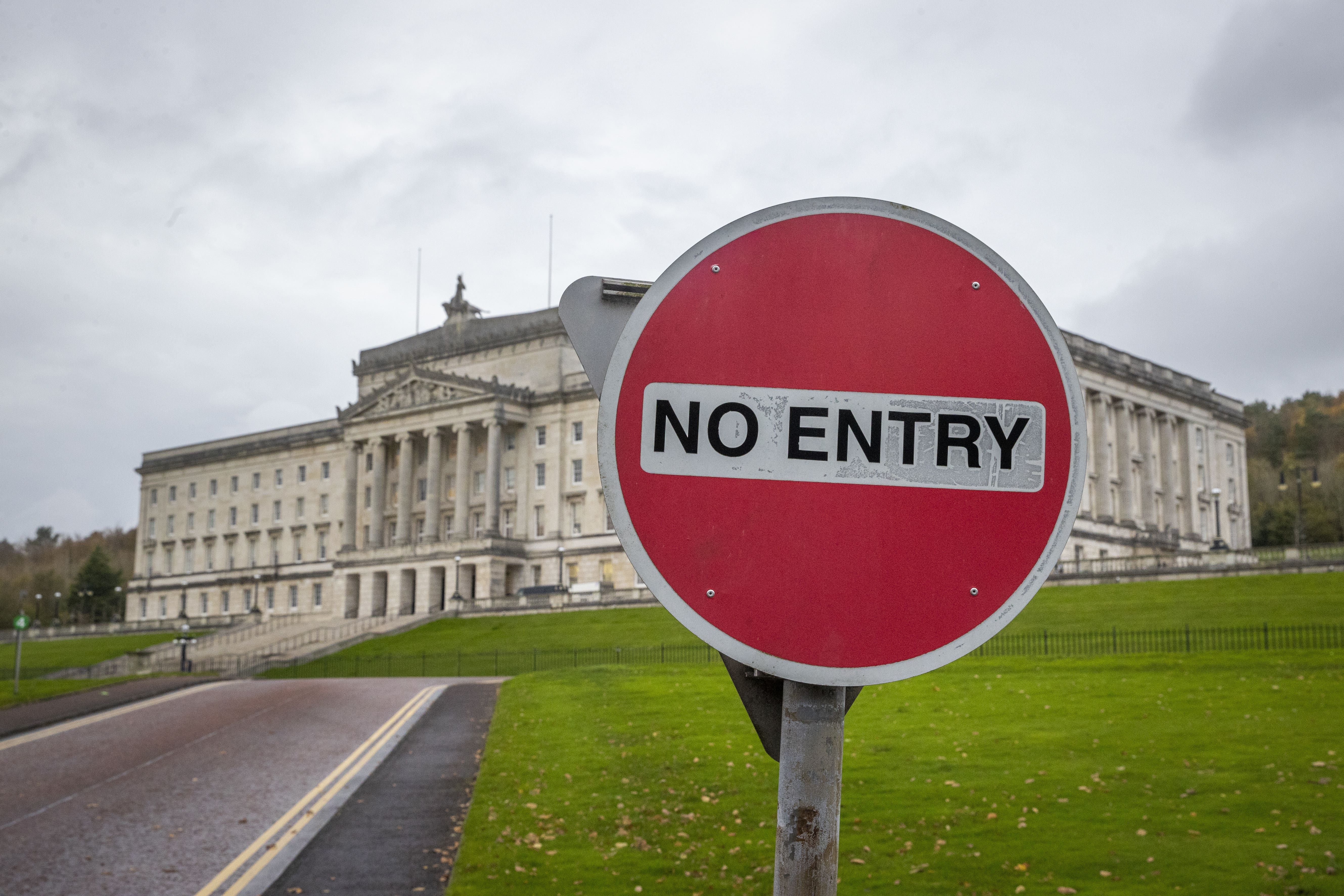No contingency plans for collapse were included in Stormont assembly formation
Declassified papers show the UUP and SDLP did not believe they should ‘plan for failure’

Your support helps us to tell the story
From reproductive rights to climate change to Big Tech, The Independent is on the ground when the story is developing. Whether it's investigating the financials of Elon Musk's pro-Trump PAC or producing our latest documentary, 'The A Word', which shines a light on the American women fighting for reproductive rights, we know how important it is to parse out the facts from the messaging.
At such a critical moment in US history, we need reporters on the ground. Your donation allows us to keep sending journalists to speak to both sides of the story.
The Independent is trusted by Americans across the entire political spectrum. And unlike many other quality news outlets, we choose not to lock Americans out of our reporting and analysis with paywalls. We believe quality journalism should be available to everyone, paid for by those who can afford it.
Your support makes all the difference.No contingency plans for the collapse of the devolved assembly were included in legislation setting up the institutions because the UUP and SDLP believed they should not “plan for failure”, declassified papers have revealed.
The Stormont powersharing assembly and executive were established following the Good Friday Agreement in 1998 and subsequent referendums in Northern Ireland and the Republic.
In 1999, the UK and Irish Governments were involved in drafting legislation to set up the North-South Ministerial Council and cross-border implementation bodies, some of the elements agreed in the peace deal.
During discussion on whether the legislation should have an “exit clause”, Northern Ireland Office (NIO) official Jonathan Stephens sent a memo on May 11 pointing out that no such provision had been included when the assembly had been set up the previous year.
There are no fall-back provisions for prorogation or dissolution in the event of the Assembly not functioning properly
He said: “There is a particular case of a general issue we had to confront during the preparation of last year’s bill.
“Should we build in contingency arrangements for the possible collapse of elements of the agreement?
“The emphatic reply then from both the UUP and the SDLP, which ministers decided they had no choice but to accept, was that we should not plan for failure.
“As a result the provisions for possible prorogation, suspension or dissolution of the assembly or the executive were all removed from the Bill.
“Having taken that line (perhaps rather against the best interests of HMG), it would be hard to explain if we now made an exception for the implementation bodies.
“The SDLP for example might note that while the implementation bodies… would collapse if the assembly collapsed, there was no means available, short of a fresh Bill, by which the assembly could be brought to an end if, for example, unionists refused to work with the North-South Ministerial Council.
He recommended the legislation should state all the key institutions and structures are “interlocking and interdependent”
He also recommends stating “we have – largely at the strong urging of the UUP and SDLP together – deliberately chosen not to plan for the failure of any of the institutions in any of the legislation.
“For example, there are no fall-back provisions for prorogation or dissolution in the event of the assembly not functioning properly – nor is there any mechanism to force the collapse of the assembly if the North-South Ministerial Council is not operating.”
Since full powers were first devolved to the Northern Ireland Assembly in 1999, the institutions have been suspended on a number of occasions.
The current suspension of the assembly is part of the DUP’s protest against the post-Brexit Northern Ireland Protocol.